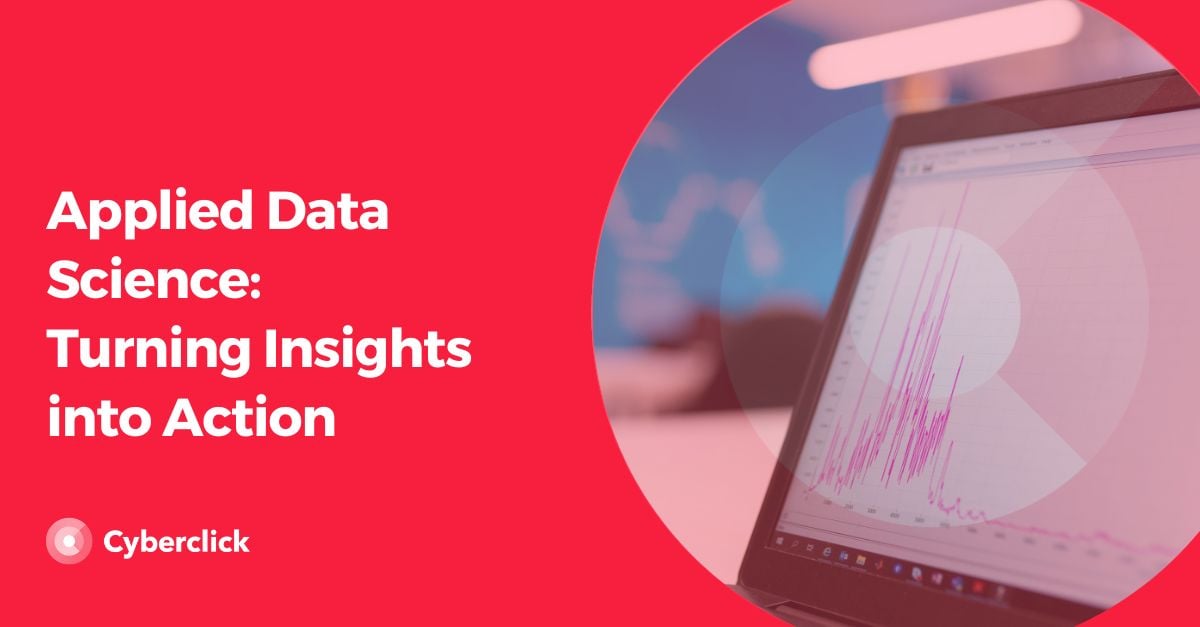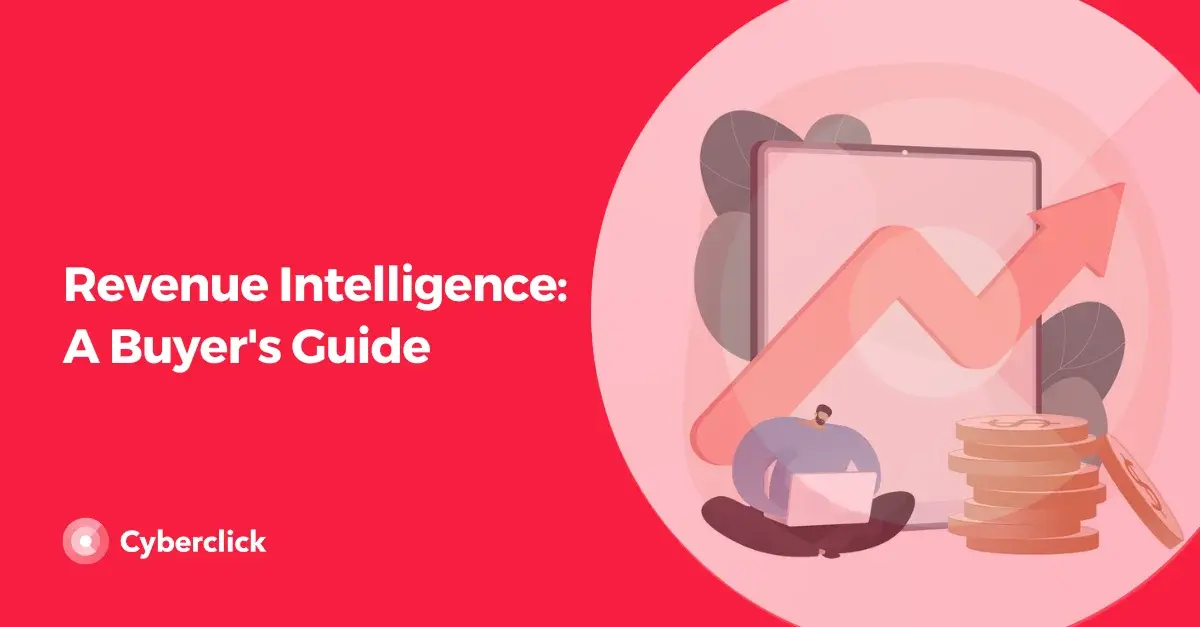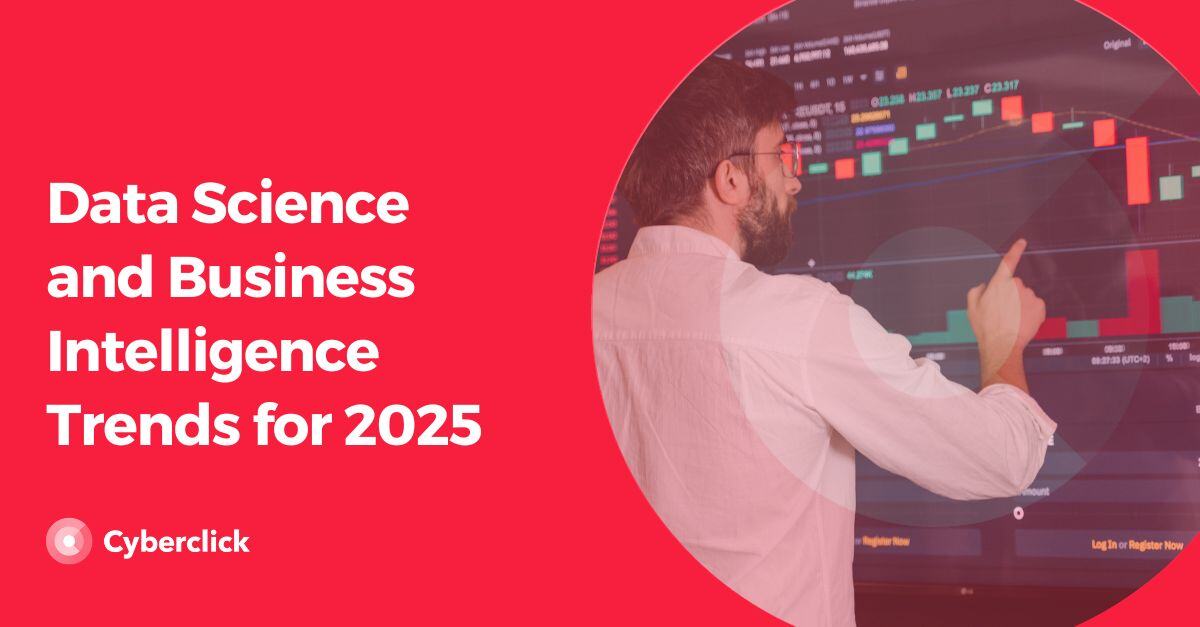Data science is the process by which valuable information is extracted from raw data. It involves different disciplines such as programming, statistics, mathematics. In the corporate realm, data science plays a crucial role by providing a wealth of objective information to facilitate more informed decision-making. If you're interested in introducing it within your organization, this article outlines 6 effective ways to leverage data science and enhance your outcomes.

6 Ways Data Science Can Benefit Your Company
Imagine having an extensive dataset encompassing various aspects of your company, such as customers, sales, profits, expenses, and more. How can you transform this data into valuable insights? Here are six strategies to achieve just that.
1. Clustering
Clustering is a technique used to distinguish different groups of customers that share characteristics within a database through algorithms that identify patterns.
Unlike audience or customer segmentation, clustering uses data science to perform a more accurate and always up-to-date grouping. This technique also allows you to do segmentations that address more complex variables, such as motivations or interests.
Clustering is used by companies to know what type of audiences they have and to be able to build effective marketing and sales strategies from there.
In order to start clustering, it is essential to have a solid database containing information about users and their interactions with your brand. The more data there is and the better quality it is, the better clusters can be created from this technique. To prevent this data from being outdated and creating inaccurate and unhelpful clusters, we recommend carrying out data normalization (organization).
2. Marketing Mix Modelling
Marketing Mix Modeling is a data science technique that establishes a connection between the expenditure on each marketing channel and the results they yield, helping determine their profitability and the impact of investment fluctuations in each channel. With a robust data history and the application of regression techniques, Marketing Mix Modeling reveals the extent to which each channel contributes to your company's Key Performance Indicators (KPIs).
For this technique to be truly effective, in addition to having sufficient and representative data, we advise eliminating data that may generate noise or give unrealistic results. This could be data generated by seasonality or economic ups and downs, since they do not represent the typical situation.
3. Churn Rate
Churn rate measures the number of customers who unsubscribe, stop buying your products, or stop using your services in a specific period of time. A high churn rate can be dangerous for businesses, so predicting churn is crucial. This can help you stop it by adjusting your strategy.
Churn rate is very important because getting new customers costs up to 5 times more than retaining current ones. Existing consumers are valuable, which is why customer retention strategies should have a privileged place in your marketing and sales strategy.
To determine your churn rate, you must have a powerful database containing information on customers and their interaction with your brand over time.
In addition, the data science algorithms that do this are also able to detect patterns and know how likely it is that a new customer will abandon your brand.
4. Machine Learning Recommendation System
Machine learning recommendation systems use advanced algorithms to predict which of your company's products or services a user is most likely to purchase. This information is then used to present these recommendations more frequently during the user's shopping experience on your ecommerce platform, marketplace, or website. This personalized approach enhances customer satisfaction and significantly boosts the chances of a successful sale.
In this case, we employ sophisticated data science algorithms capable of conducting intricate and in-depth comparisons among various user profiles to identify common patterns.
If you are thinking of implementing this data science technique, you should bear in mind that it will only be useful if you have a large database and a wide product catalog. If you have few customers and sell few products or services, the information that this algorithm can provide will not be very useful.
5. Time Series Forecasting With Machine Learning
Time series forecasting with machine learning predicts seasonal patterns that repeat themselves. It helps companies anticipate market needs and make better decisions. Although sometimes it is obvious that there will be an increase or decrease in demand (due to certain events), time series predictions can help you determine peak and off-peak times.
6. Price Elasticity of Demand
This is a formula that indicates how a change in the price of a product or service affects supply and demand.
Thanks to data science, it is no longer necessary to make calculations to know the price elasticity of demand, since it is enough to have a database with a large history of prices and sales. Algorithms will be able to know how the demand for a product will change by simply varying its price, allowing companies to make better decisions.
Data Scientist en Cyberclick. PhD en Astrofísica por la Universitat de Barcelona con más de diez años de experiencia en investigación mediante el análisis e interpretación de datos. En 2019 redirige su carrera profesional hacia el mundo del Data Science cursando el Postgrado en Data Science y Big Data de la UB, así como participando en el programa Science To Data Science (S2DS) en Londres. Actualmente forma parte del equipo de Data Science y SEM de Cyberclick.
Data Scientist at Cyberclick. PhD in Astrophysics from the University of Barcelona with more than ten years of research experience through data analysis and interpretation. In 2019 he redirected his professional career to the world of Data Science by graduating in Data Science and Big Data from the UB, as well as participating in the Science To Data Science (S2DS) program in London. He is currently part of Cyberclick's Data Science and SEM team.






Leave your comment and join the conversation